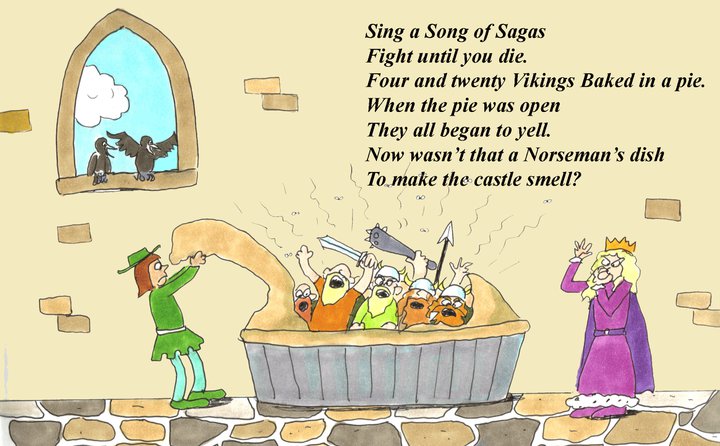Total travel the perfect time to and from Wheels on the bus: about four hours.

"The first day I attended school, I was like, do I really need to do this? " Freeman, 18, said. But the ride swiftly became routine, and now Freeman doesn't hesitate to shoot down the notion of trading the two-hour holiday to the science and technology magnet school for that 10 minutes it would take him to get to his local high school.
It was previously that students with the longest bus rides were include those with rural addresses. Today, however, a growing number of of the longest school bus commutes belong to suburban students, willing to put in the time to be able to attend a prestigious magnet institution.
"Oh, I think it's worth every penny, " said Freeman, a senior citizen at Thomas Jefferson. "I'm very happy at this school. It's one particular opportunities that comes to maybe a lucky few students. "
Sometimes the length of the trips that students are prepared to endure even surprises adults.
"I'll explain when I felt it -- upon that rare occasion when young children miss the bus, and I am just taking them home. I'm contemplating, 'Wow, "' said Montgomery Blair High school graduation Principal Phillip Gainous. Long commutes are becoming routine at the Silver Spring school, one of the largest in Montgomery and home to magnet programs in communications and scientific discipline that lure students from throughout the county.

School officials across the region strain to keep regular, in-boundary school bus rides under an hour. But that has no displaying on magnet school commutes, which often easily stretch longer. Students be able to make the best of the item: One recent morning, a group of Thomas Jefferson freshmen huddled around a small light clamped to a math textbook to analyze for a test. Another college student strummed a guitar. Still others dozed to music using their company portable CD players.
Montgomery Blair once offered a buddy program that gave far-flung students safe places to settle if the roads were tied up with bad weather or damages. But the program died out of lack of use, Gainous explained. "We don't do that nowadays, because the kids are so used to traveling or waiting at the school, " he said. "They simply sleep or do their homework. "
Grace Chung, a 15-year-old Thomas Jefferson sophomore, tries to squeeze using some study time on the tour bus. But she's seen far much more intricate maneuvers: A friend once made a full poster for spirit week, complete with glitter, during the commute for you to school.
"She had her glue and her glitter. She would pour it from the glue and then pour it back the jar -- I don't think she spilled a single piece of glitter, " she said.
Grace's foundation school is Chantilly. Like any kind of traffic-hardened veteran, she separates her commuting time into "good targeted traffic days" and "bad traffic times. "
"Sometimes if traffic is actually good, we get there in 8 a. m., " a visit of about a half-hour, Sophistication said. "And sometimes we reach one's destination right before the bell rings" with 8: 30. On a recent icy morning that spawned lots of car accidents and backups, Grace achieved it to school at 9: 40.
She sees the positives. "You make plenty of friends on the bus. I can take homework that I don't know how to do and say, 'Here, assist me. ' There's some math whizzes about the bus. It's like study corridor. "
In Prince William Local, 18-year-old Alan Hogan's hour-long bus ride is similar to those of old: No magnetic field school, he just lives within the rural, western part of the particular county. The stars are still bright when Hogan gets around the bus each morning. He attends Stonewall Jackson Senior high school, near Manassas. Prince William is developing a high school for western-area individuals, but it won't open until 2004.
Until then, the kids just get accustomed to the journey.